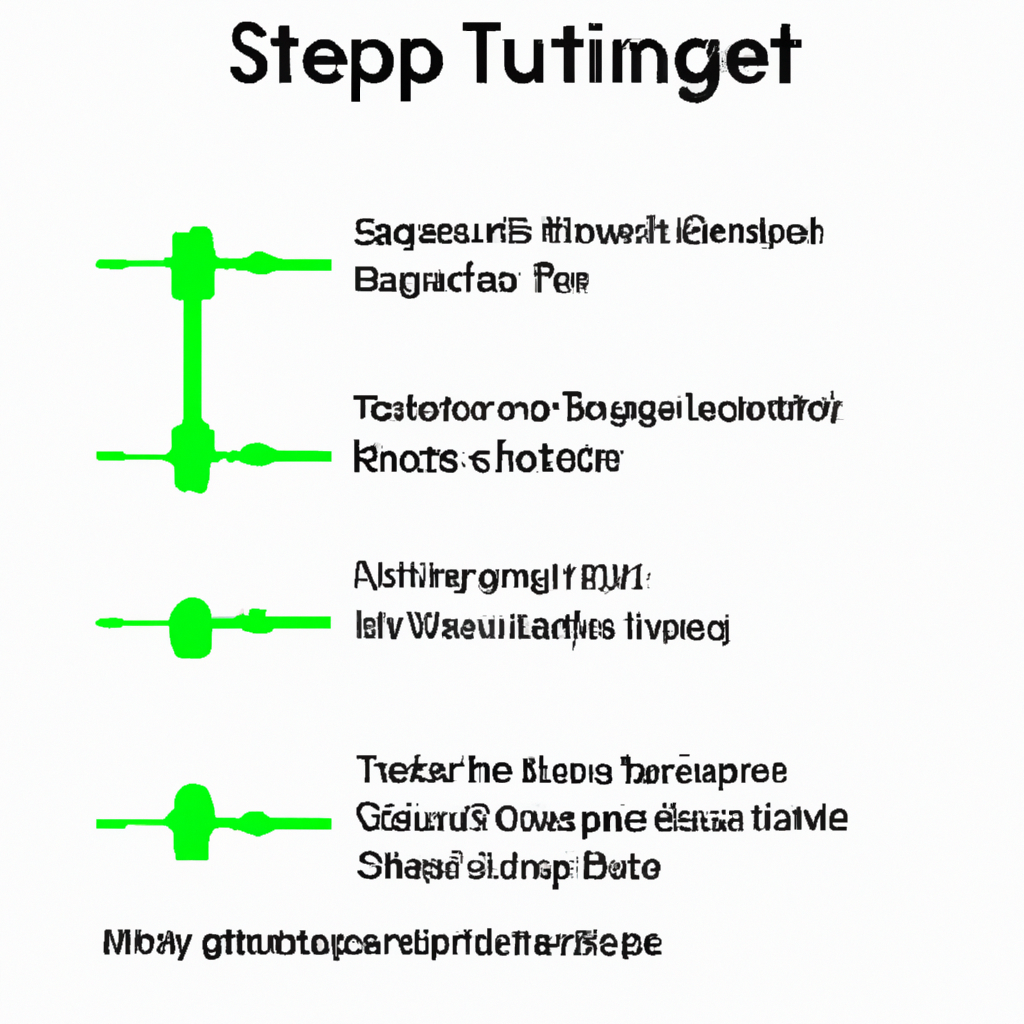Support/Resistance Trading Strategies
Support and resistance are key concepts in technical analysis that help traders identify potential levels where the price of an asset is likely to reverse or stall. By understanding and utilizing support and resistance levels, traders can develop effective trading strategies to maximize profits and minimize risks. In this article, we will explore some popular support/resistance trading strategies.
Strategy 1: Breakout Trading
Breakout trading is a common strategy that involves identifying key support or resistance levels and trading the subsequent breakout. Traders look for price movements that break above resistance or below support levels, indicating a potential trend continuation.
Steps:
- Identify a significant support or resistance level on the price chart.
- Wait for the price to break above resistance or below support.
- Confirm the breakout with increased volume and/or other technical indicators.
- Enter a trade in the direction of the breakout.
- Set stop-loss orders below support or above resistance to manage risk.
- Take profits by setting a target level or using trailing stop orders.
Strategy 2: Support/Resistance Bounces
This strategy focuses on trading the bounces off support or resistance levels. Traders aim to enter trades when the price reaches a support level and bounces higher or when it hits a resistance level and bounces lower.
Steps:
- Identify strong support and resistance levels on the price chart.
- Wait for the price to approach the support or resistance level.
- Look for reversal candlestick patterns or other technical indicators signaling a potential bounce.
- Enter a trade in the opposite direction of the bounce.
- Set stop-loss orders below support or above resistance to manage risk.
- Take profits by setting a target level or using trailing stop orders.
Strategy 3: Support/Resistance Consolidation
This strategy is suitable for trading within a range-bound market where the price oscillates between support and resistance levels. Traders aim to profit from the price bouncing between these levels.
Steps:
- Identify a well-defined range between support and resistance levels.
- Wait for the price to approach the support or resistance level.
- Look for reversal candlestick patterns or other technical indicators signaling a potential bounce.
- Enter a trade in the opposite direction of the bounce.
- Set stop-loss orders outside the range to manage risk.
- Take profits by setting a target level near the opposite side of the range.
Conclusion
Support and resistance trading strategies offer traders a systematic approach to identify potential turning points in the market. By incorporating these strategies into their trading plan, traders can improve their decision-making process and increase the likelihood of profitable trades. It is important to remember that no strategy guarantees success, and traders should always practice proper risk management and conduct thorough analysis before entering any trades.

